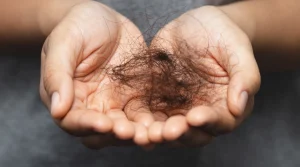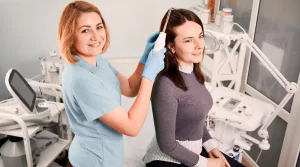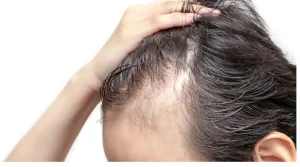Hair loss can be emotionally challenging for both men and women. Many individuals consider hair transplantation as a potential solution. While hair transplantation has come a long way since its inception in the 1950s, it remains a surgical procedure that requires careful consideration. Non-surgical treatments, on the other hand, have also evolved significantly, offering viable alternatives. This article explores the key differences between surgical and non-surgical treatments for hair loss, helping you make an informed decision.
H2: Surgical Hair Restoration
What Is Hair Transplantation?
Hair transplantation is a surgical procedure that permanently restores hair by moving follicles from a donor site to areas of thinning or baldness. It is considered the only treatment capable of permanent hair restoration. However, it requires:
- Adequate donor hair supply.
- A realistic understanding of future hair loss progression.
- A significant financial investment, ranging from $5,000 to over $15,000.
Challenges and Considerations
While hair transplantation offers permanent results, it’s not without challenges:
- Continued Hair Loss: If performed in the early stages of hair loss, additional transplants may be required as hair loss progresses.
- Unnatural Appearance: Improperly placed transplants can create an unnatural look, especially if hair loss worsens over time.
- Limited Candidate Pool: Men with androgenic alopecia are typically better candidates than women, who often experience diffuse thinning across the scalp, making donor sites inadequate.
Who Is an Ideal Candidate?
Ideal candidates for hair transplantation:
- Have sufficient donor hair.
- Exhibit stable hair loss patterns.
- Understand the long-term commitment, including potential future procedures.
Non-Surgical Treatments for Hair Loss
FDA-Approved Medications
- Minoxidil:
- A topical treatment for both men and women.
- Proven to promote hair regrowth.
- May cause rare adverse reactions in some users.
- Propecia (Finasteride):
- An oral medication for men.
- Effective for slowing hair loss and promoting regrowth.
- Associated with potential sexual side effects.
Bergen County Hair Loss Laser Therapy
Laser phototherapy, such as the Bergen County Hair Loss device, offers a non-invasive alternative:
- Clinically proven to be effective for both men and women.
- Comparable results to minoxidil and Propecia without major side effects.
- Backed by multiple clinical studies published in peer-reviewed journals.
Benefits of Non-Surgical Treatments
- Lower cost compared to surgery.
- No downtime or invasive procedures.
- Effective for early-stage hair loss.
- Minimal risk of side effects, especially with laser therapy.
Key Differences Between Surgical and Non-Surgical Options
| Feature | Surgical Treatments | Non-Surgical Treatments |
|---|---|---|
| Effectiveness | Permanent | Effective for early/mild cases |
| Cost | $5,000 – $15,000+ | Affordable options available |
| Invasiveness | Surgical | Non-invasive |
| Ideal Candidates | Advanced hair loss | Early-stage hair loss |
| Downtime | Requires recovery | Minimal to none |
Final Thoughts
For individuals with advanced hair loss, surgical hair restoration can be a viable option, offering permanent results. However, it’s important to carefully assess your candidacy and the long-term commitment required. Non-surgical treatments like FDA-approved medications and laser therapy are excellent alternatives for early-stage hair loss, providing effective results with fewer risks and lower costs.
Before deciding on a treatment, consult with a hair restoration specialist to determine the best course of action for your specific condition.





